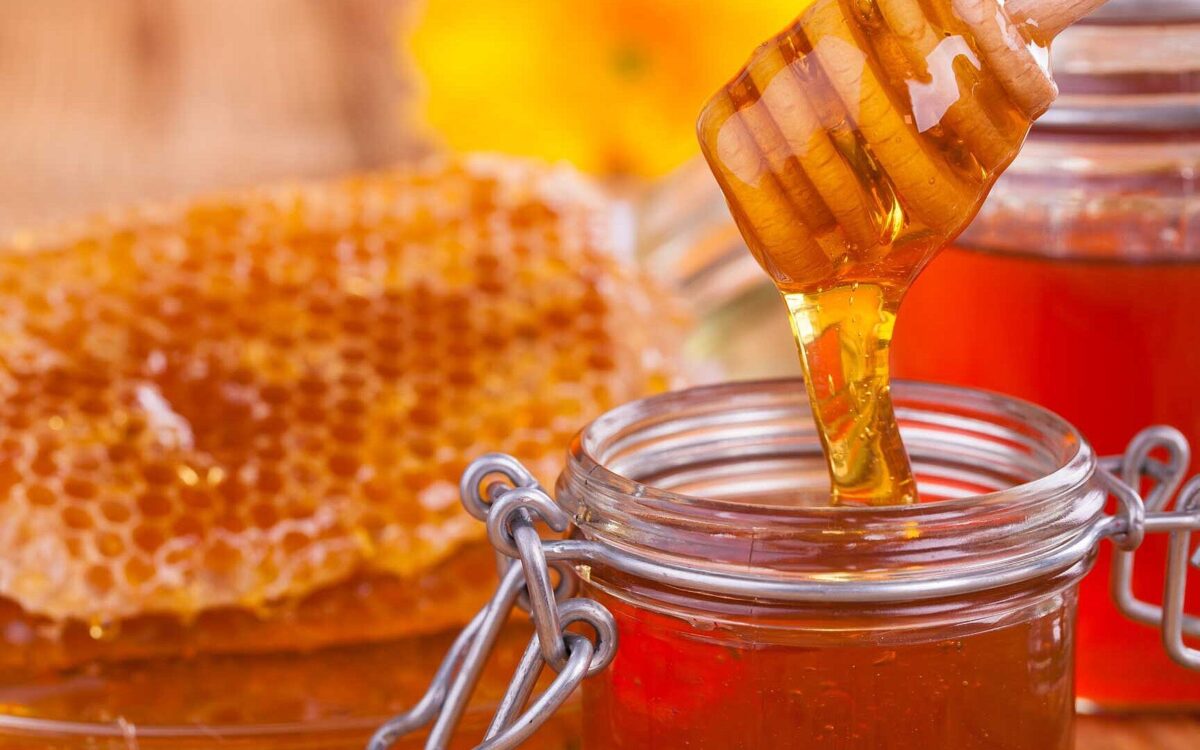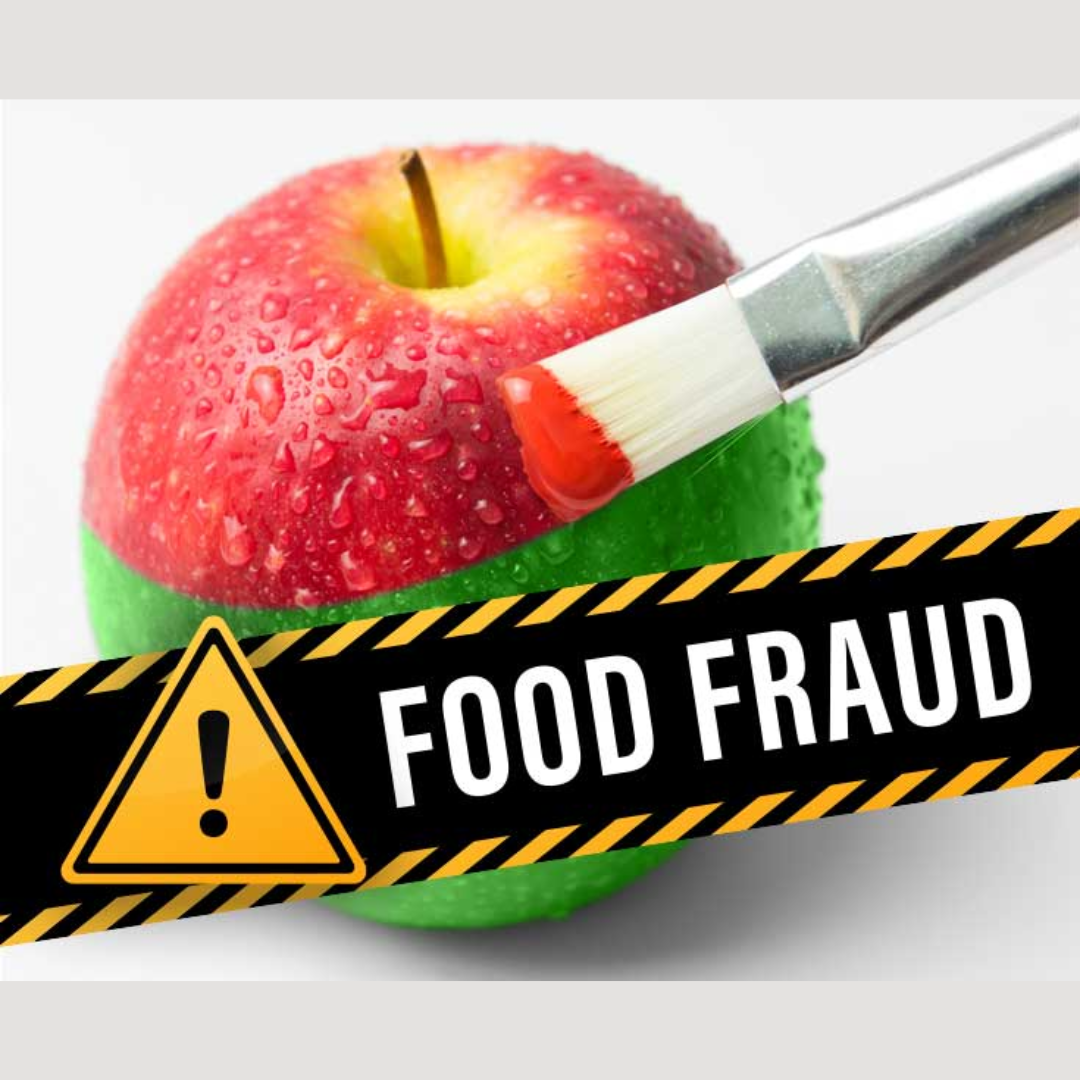On 14th December 2022, US FDA published a data of the violative imported honey samples that were collected in the FY 2021-22. This sampling assignment was conducted under the Import sampling and risk-based import entry screening program, to understand the extent of economically motivated adulteration in imported honey and to identify the violative products.
Here is the data of the 144 Imported honey samples.

Out of the 144 import samples (including bulk & retail shipment samples), collected and tested, 14 samples (10 %) were found to be violative. The imported honey was from 32 countries and 40 % of the honey imported were from India and Vietnam. India has one violative sample out of 29 tested and Vietnam has three violative samples tested out of 28. Highest number of violative samples (4 violative samples out of 4 tested) were from Yemen. The screening was based on the results of Stable Carbon Isotope Ratio Analysis (SCIRA), that analyses the organic composition of the honey samples.
FDA Import alert on “Adulteration of Honey”
Following this assignment, the FDA has issued import alert as guidance for FDA field personnel regarding the adulterated imported honey and issued a red list of firms and their products
The products on red list are subjected detention without physical examination. The red listed firms belong to Dominican Republic, El Salvador, Greece, Italy, Lebanon, Malaysia, Mexico, New Zealand, Saudi Arabia, Spain, Thailand, Turkey, Vietnam, and Yemen.
To release the shipments, subjected to detention without physical examination, the consignee/owner of the shipment must provide the sample test results from third-party laboratory analysis done according to AOAC Official Method 991.41, to prove that the product does not contain added cane or corn sugar.
Let us understand, what an Economically Motivated Adulteration is.
What is Economically Motivated Adulteration?
When a food commodity is intentionally adulterated by removing of a valuable ingredient or a part of a food or substituted by a substance that makes it appear as better or of greater value, it is called Economically Motivated Adulteration. It is considered a food fraud.
What are the adulterants in Honey?
Honey is a food commodity that is potentially subjected to economic adulteration by the addition of sweeteners. Undeclared addition of sweeteners (like sugar syrups from cane, corn, rice, sugar beets, etc) to honey, lowers the production cost for manufacturers and misbranding it as honey, deceives the consumers.
Honey labelling (for U.S. Market) – What’s right?
US FDA has published a guidance document for honey labelling. This will help consumers and producers know about the right labelling terminologies to be used in the honey & honey products, sold in the U.S market. Failure to meet the labelling requirements may deem the honey as misbranded or adulterated.
- What is honey?
Honey is defined as a ‘thick, sweet, syrupy substance that bees make as food from the nectar of plants or secretions of living parts of plants and store in honeycombs’
- Does honey require ingredient statement on the label?
Honey is a single ingredient food and hence does not require ingredient statement on the label
- How to label honey from floral sources?
It is not mandatory to name the floral source/plant source. However, you may choose to name it for example, “Clover honey” based on the chief floral source of honey. The claims regarding the floral sources must be truthful and not misleading
- How to label a mixture of honey and sweetener like sugar/corn syrup?
It shall be labelled as a “Blend of Honey & Sugar syrup” when the product has more honey than sugar syrup or as “Blend of Sugar syrup & Honey” when the product has more sugar syrup than honey. The details of sweetener shall also be mentioned in the statement of ingredients.
- How to label a flavoured honey?
Honey with a flavour ingredient shall be labelled for example as “Strawberry flavoured Honey”. The details of flavour ingredient must be mentioned in the statement of ingredients.
Are there any tests that can be performed by the consumers to check if the honey is adulterated or not? Yes, there are a few tests that can be done by consumers at home to detect adulteration in honey. Our article “The Honey Trap: Testing the purity of honey” describes the same.
Rightly labelled honey helps the consumers make an informed decision on the type of honey they are purchasing, be it blended honey or pure honey.
India is the largest honey exporter in the world and exports most of its honey to the US. It still manages a good level of compliance (28 out of 29 samples were found unadulterated). It can be attributed to the tight vigil by the FSSAI on the honey manufacturers and of course to the commitment of the manufacturers to produce and export good quality honey.
Who we are?
We at Food Safety Works have a team of experts with over 200+ years of collective experience.
Started as “Quality and Food Safety Consultants” in 2009, the company was established to bridge the knowledge gap in the industry about Food Safety Management Systems. We take a 360-degree view of food safety starting with design, implementation and monitoring.








